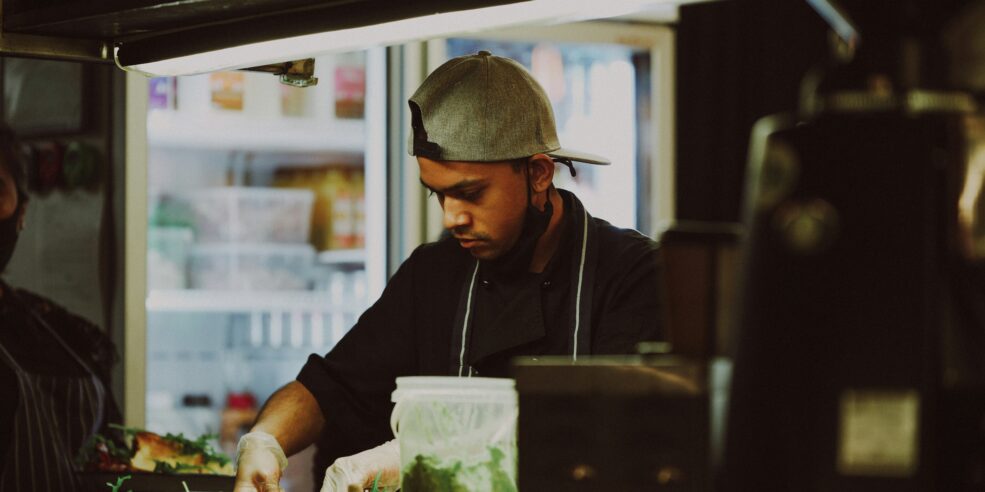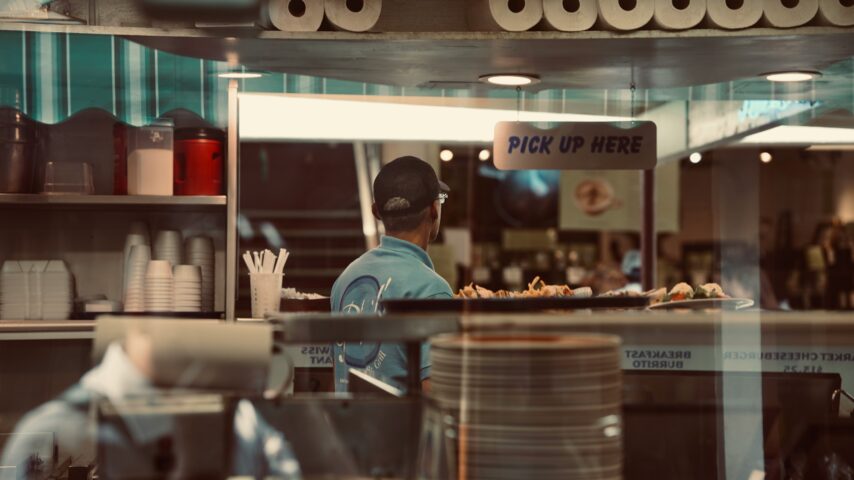Profit margins in the restaurant industry have always been razor-thin, and in 2025, they’re under more pressure than ever. Rising costs, shifting customer habits, and tighter competition are making it harder for operators to stay profitable.
But here’s the good news: improving profit margins isn’t about cutting corners, it’s about making smarter, data-driven decisions. In this blog, we’ll break down what profit margins actually look like across different restaurant types, the factors that impact them most, and the practical steps operators are taking to improve them.
What Is the Average Restaurant Profit Margin in 2025?
The average restaurant profit margin varies significantly depending on the type of business model. In 2025, the typical ranges are:
- Quick-service restaurants (QSRs): 6–10%
- Full-service restaurants (FSRs): 3–6%
- Delivery and ghost kitchens: 10-30%
These are just averages, obviously there are businesses operating at both extremes. But the truth is, despite small shifts year-on-year, the reality is this: most restaurants are operating with margins that leave little room for error. Every percentage point matters.
Key Factors Affecting Restaurant Profit Margins
Understanding your margin starts with understanding what’s working against it. The biggest contributors to margin pressure in 2025 include:
1. COGS
Rising ingredient prices and inconsistent supplier availability continue to impact COGS. Even minor waste or over-portioning can have a significant effect over time. Now more than ever, it’s important to keep a constant eye on costs and negotiate with suppliers to be sure you’re getting the best possible prices for ingredients.
2. Labour Costs
With wage increases and growing competition for skilled staff, labour remains one of the biggest costs for operators. The key challenge? Scheduling efficiently without hurting service quality. Understaff and you miss out on revenue, but overschedule and your margins start slipping quickly. Forecasting demand as accurately as possible and deploying labour effectively is key to controlling these costs.
3. Rent and Utilities
Fixed costs are increasing in many urban areas. While harder to control directly, high rents can make even a well-run restaurant struggle to stay in the black. Make sure you know what your break-even point is every single day and track a daily P&L to understand if you’re hitting it. Having a real-time overview of your business helps mitigate thinning margins before they become big problems, whether that’s by running new promotions or changing schedules.
4. Operational Inefficiencies
Manual processes, delayed reporting, and siloed systems mean operators often don’t spot margin issues until it’s too late. As above, real-time visibility is essential to stopping problems in their tracks.
How to Improve Restaurant Profit Margins
Even in a tough climate, the most successful operators are finding ways to boost margins through better decision-making and tighter operational control.
1. Engineer Your Menu for Profitability
Menu engineering isn’t just about what sells – it’s about what sells profitably. Analyse item-level performance and prioritise high-margin best-sellers.
Think about your contribution margins as well as gross profit percentages on all of your menu items. Use the BCG matrix to understand what your stars, plough horse, dogs and puzzles are and adjust your menu accordingly. Look at this on at least a quarterly basis, if not monthly to make sure you’re constantly optimising for success.
2. Forecast Labour Accurately
Avoid overstaffing during quiet periods and understaffing during rushes. With the right forecasting tools, operators are optimising shifts based on actual demand, not gut instinct.
The trick is always to have a plan B. Many businesses will send staff home if they’re less busy than they thought they would be, but that can lead to a demoralised workforce and a revolving door of staff. Instead, cross-train team members to be able to help with tomorrow’s prep or have delivery promos ready to go if a slow period hits and get floor staff packing orders.
3. Reduce Food Waste
From spoilage to overproduction, food waste eats directly into profits. Keep track of actual vs theoretical usage in your inventory tool or on Tenzo to see how much wastage you’re generating. Then see if that number can be reduced, whether that’s by using specific smallwares to measure ingredients, scales to stop overportioning of high-value products, or better kitchen flows.
4. Monitor Performance Daily
Waiting until month-end to review performance? You’re already behind. Choose the KPIs that you want to have the most impact on and track them daily, by shift. Lunch not performed as well as you wanted? What can you do to impact dinner? By being obsessed with the metrics, you can make a measurable difference on performance.
Case Study: How One Restaurant Group Cut Prime Costs by 3 points Using Tenzo
See how Fitz Group used Tenzo’s reporting and forecasting to cut their prime costs by 3 percentage points and add directly to the bottom line.
The Future of Profit Margins in the Restaurant Industry
Looking ahead, there are still headwinds for the industry, whether that’s increased employer NI or minimum wage in the UK, or cost of goods increasing thanks to tariffs in the US. But this industry has always been run on tight margins, so the capacity for resilience is huge.
How we’re seeing businesses face these challenges is by:
- AI-assisted forecasting: Getting the best demand forecasts possible by taking things like weather and events into account.
- Lean operations: Streamlined teams supported by tools to maintain service standards with fewer resources.
- New types of promotions: New ways to get people in the door, experimenting with new day parts and trying to get average spend up while maintaining good value for the customer.
Final Thoughts
Restaurant margins may be tight, but they’re not immovable. With better visibility, smarter planning, and the right tools in place, operators can protect – and grow – their bottom line.
If you’re ready to take control of your profitability, Tenzo is here to help. Our platform helps restaurant teams turn data into action — fast. Get in touch today to find out more!
Want to add to the bottom line?
See how Fast Hippo added 11% to their bottom line thanks to Tenzo's automated reporting and performance tracking.





